These Are the Least Populated Places on Earth
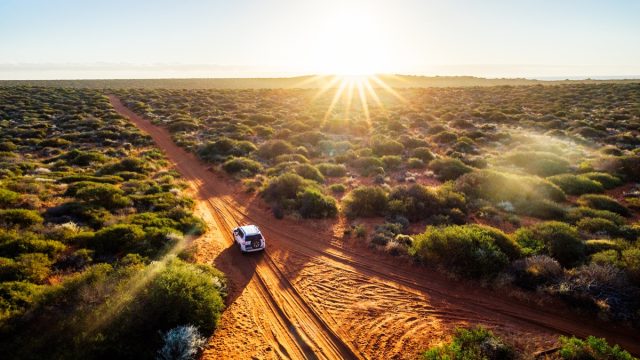
Fact: the earth is one crowded place. Right now, as estimated by the Population Reference Bureau, there are nearly seven billion people on the planet. And they seem to cram into the same zip codes. Just look at New York City, where, according to the U.S. Census Bureau, eight million people squeeze into a small geographical region, making for a population density of about 27,000 people per square mile. Or direct your eyes across the Pacific, to Tokyo: According to the Tokyo Metropolitan Government, more than 13 million people live in town at a rate of nearly 6,200 people per square kilometer, making it the most densely populated city in Japan.
But what about the places where folks aren’t so tightly packed? As the population swells and people shuffle into metropolises, there are still a few vestiges where land reigns supreme over people. Using data from the World Bank, here are the 13 least densely populated countries—as calculated by population density (people per square kilometer)—on the planet. If you’re looking to get away from civilization for a spell, here’s where you should go.
13
Central African Republic
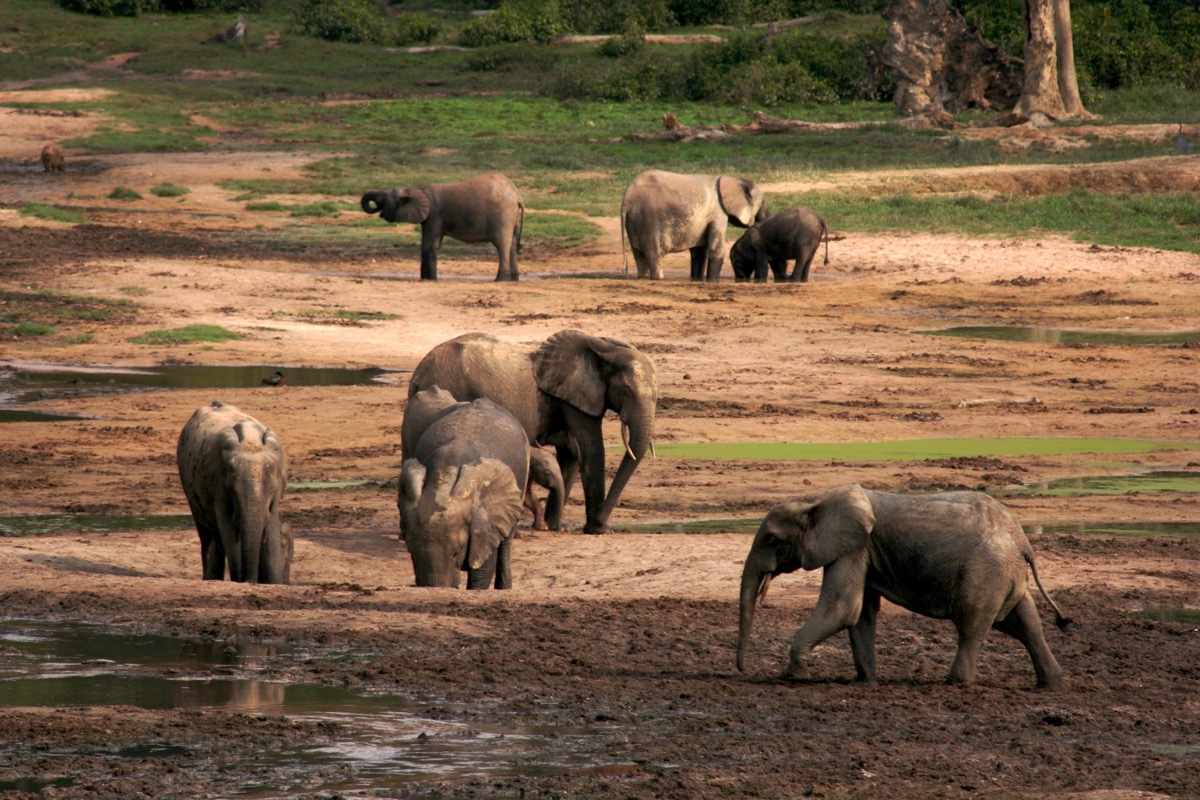
Population Density: 7.49
The Central African Republic is a landlocked country with one of the world’s lowest population densities. Sadly, according to the UN Refugee Agency, this is primarily because the government has been overrun by conflict, forcing more than more than 600,000 people to flee their homes.
12
Kazakhstan
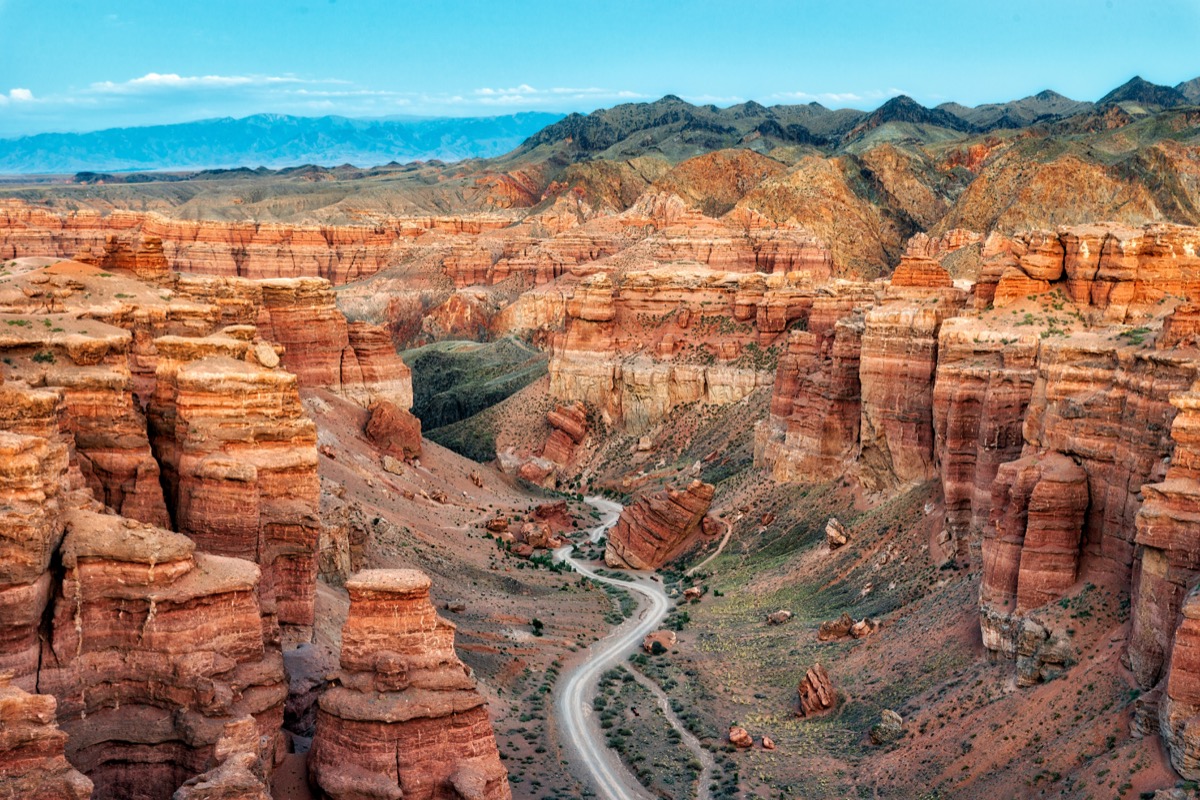
Population Density: 6.77
With a total land area of more than 2.7 million square kilometers, Kazakhstan is the world’s largest landlocked country. It’s also one of the least populated, in terms of density. Most of the population clusters of this former Soviet Republic nation are in the far north or far south, leaving the interior of the country sparse.
11
Mauritania

Population Density: 4.27
Most of the landmass in Mauritania falls within the confines of the barren Sahara Desert—a persistently hot, dry, and dustry climate that has limited freshwater and his prone to periodic droughts. As a result, much of the country is unpopulated.
10
Canada
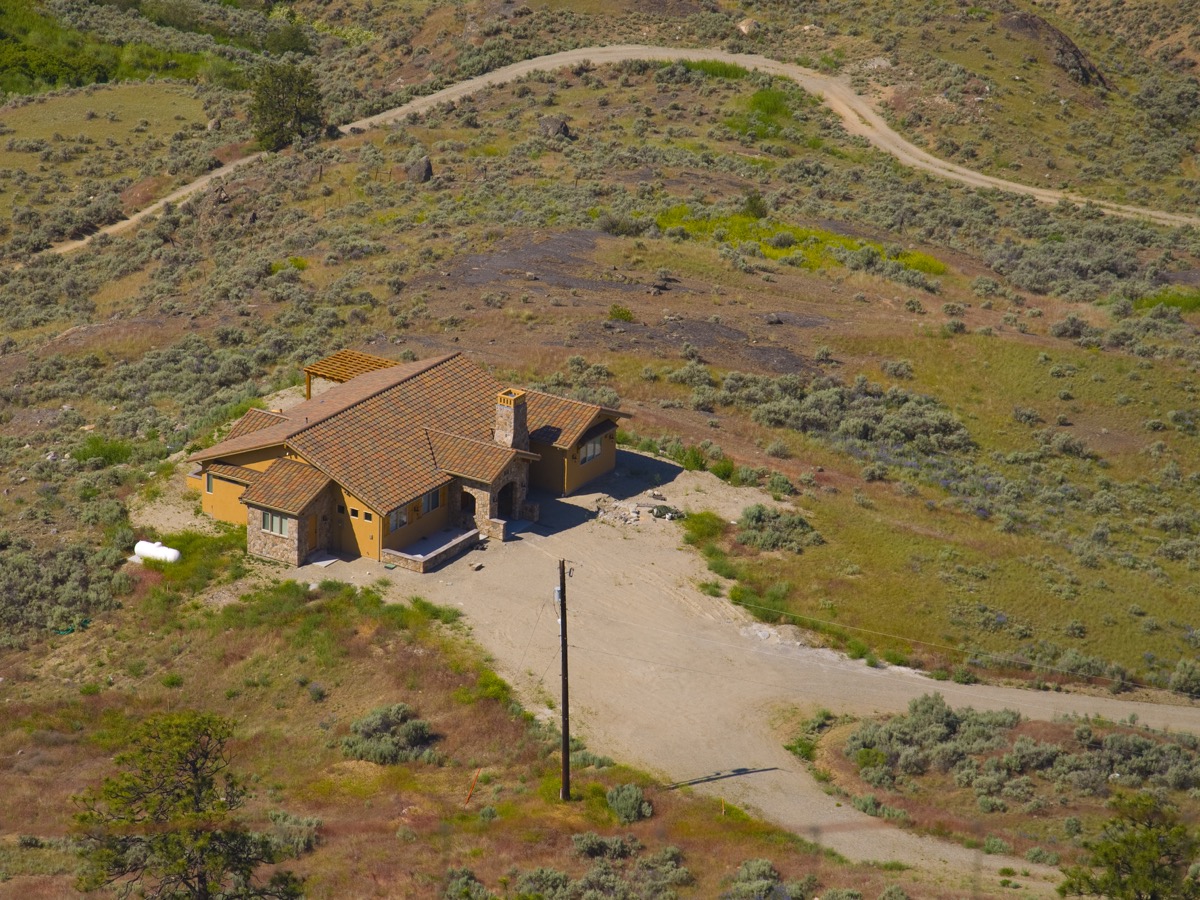
Population Density: 4.08
Sure, you’ll find plenty of people in populous Canadian cities, like Toronto (population: 2,731,571), Montreal (1,704,694), or Vancouver (631,486). But those cities (and most of the other population hubs) are a stone’s throw from the U.S. border. Travel north, and you’ll find that much of Canada’s northern region—which is occupied by mountains, glaciers, and permafrost—is uninhabitable.
9
Botswana
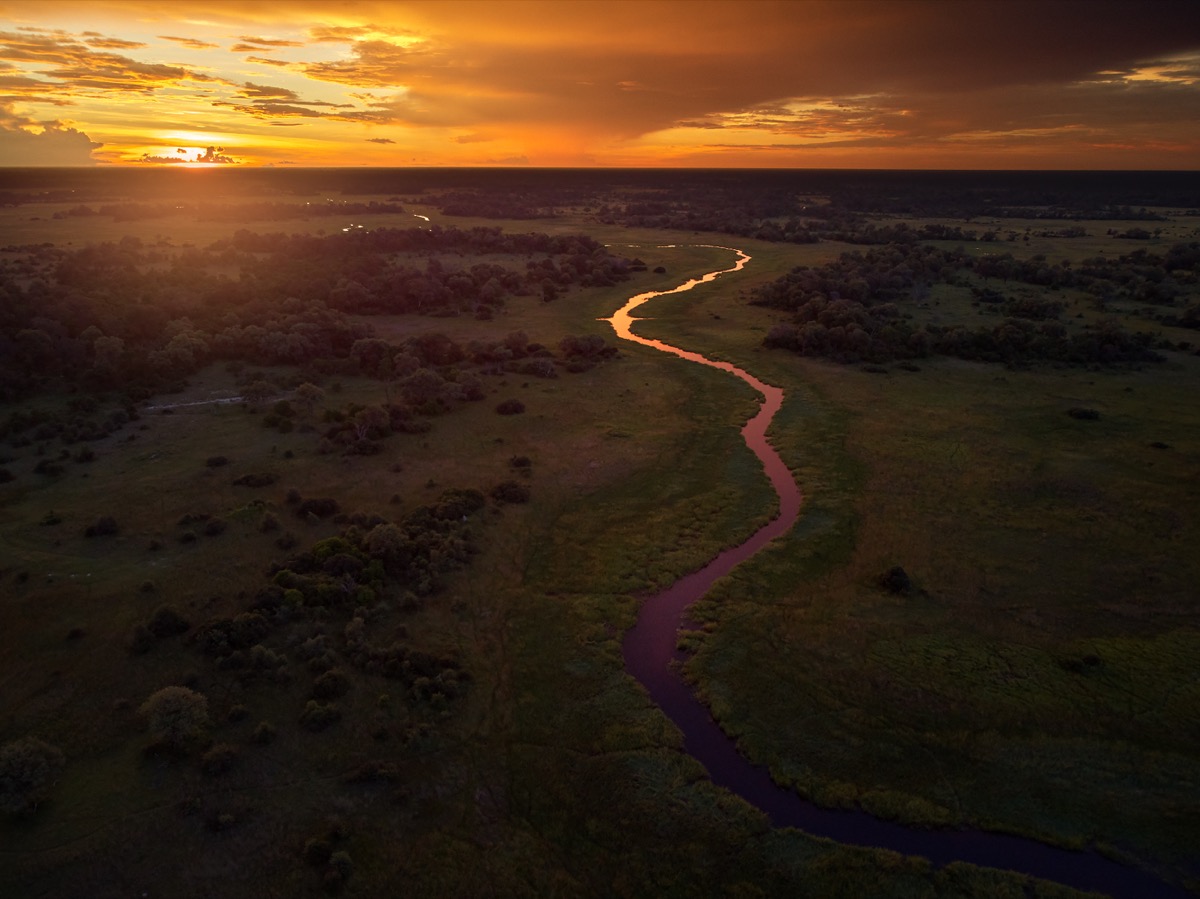
Population Density: 3.98
A landlocked country in Southern Africa, Botswana is defined by the Kalahari Desert and the swampy Okavango Delta. While Botswana has an estimated 2 million people, most of those folks navigate toward the capital of Gaborone or the city of Francistown. The population levels in and around the Kalahari Desert, however, remain low due to heavy desert winds, and the region near the Okavango Delta is sparse because of occasional floods.
8
Guyana
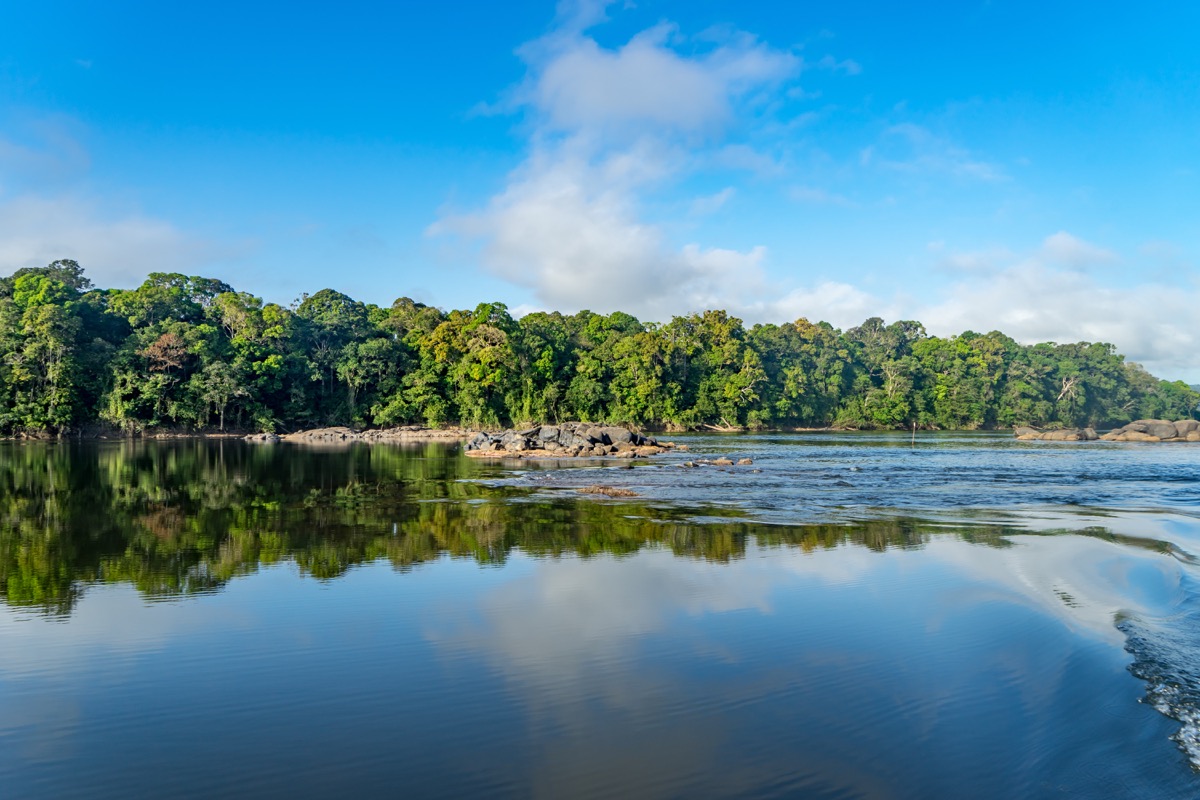
Population Density: 3.96
Guyana is located on South America’s northeastern coast, near the Atlantic ocean. Its land is mostly made up of rainforest, with 77 percent of land usage taken up by forests. Just around eight percent is available for agricultural land, according to The World Factbook. Because of this, most of the country’s population is concentrated around the waterside capital of Georgetown.
7
Libya
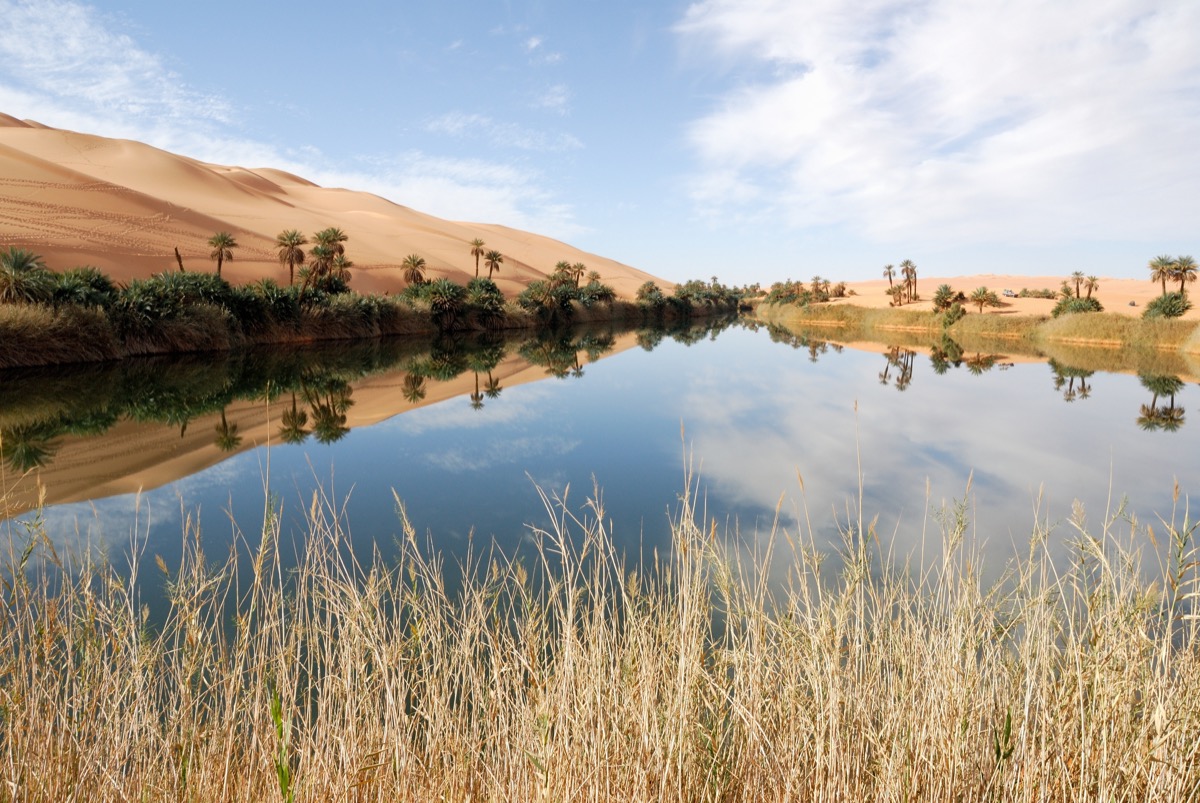
Population Density: 3.80
Though Libya is geographically enormous, at 1.7 million square kilometers, most of that space is desert land. Fewer than a million people live in the country, and almost all of them live by the fertile, verdurous strip of land by the coast—which amounts to just 3 percent of the total landmass.
6
Suriname
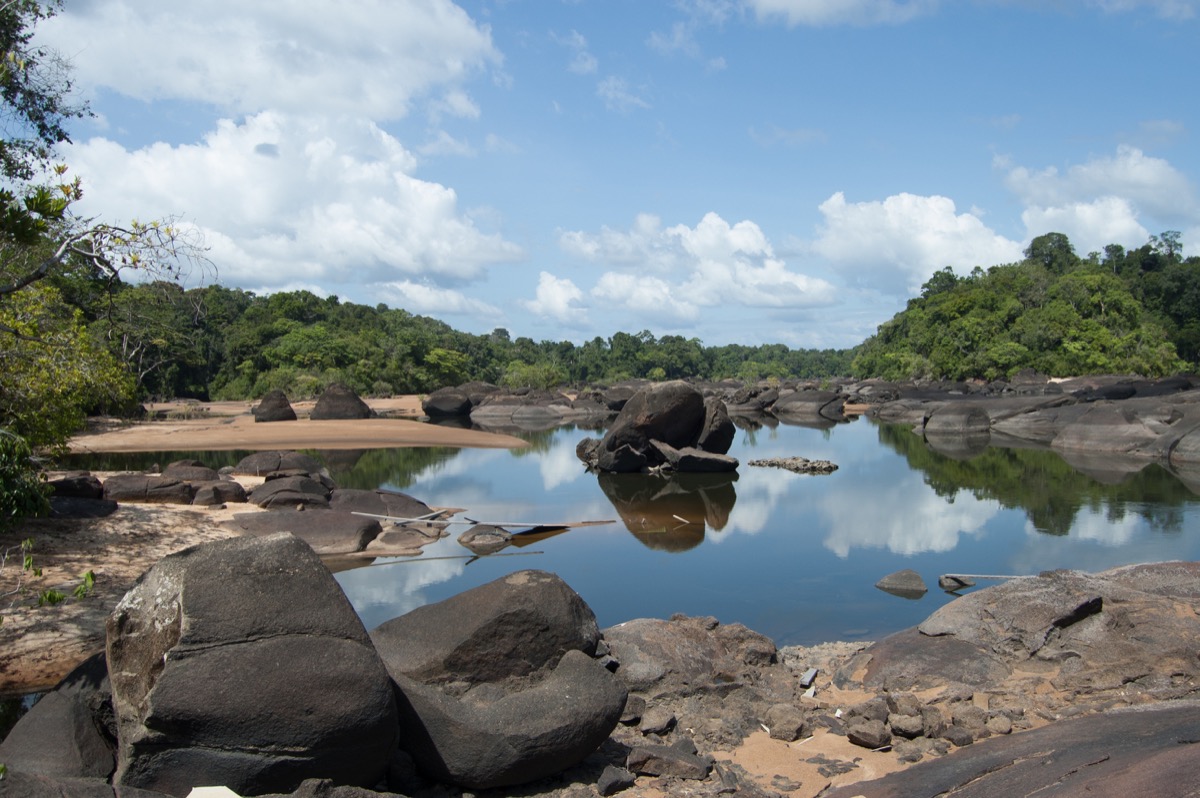
Population Density: 3.69
Suriname is a small country on the northeastern coast of South America, next to Guyana, with a total land area of only 156,000 square kilometers—only marginally larger than the entire U.S. state of Georgia. The entire population of Suriname—which, according to the Climate Change Adaptation, has high humidity and an average temperature of over 80 degrees Fahrenheit—is less than 600,000. For comparison’s sake, the Atlanta metropolitan area alone is home to ten times that.
5
Iceland
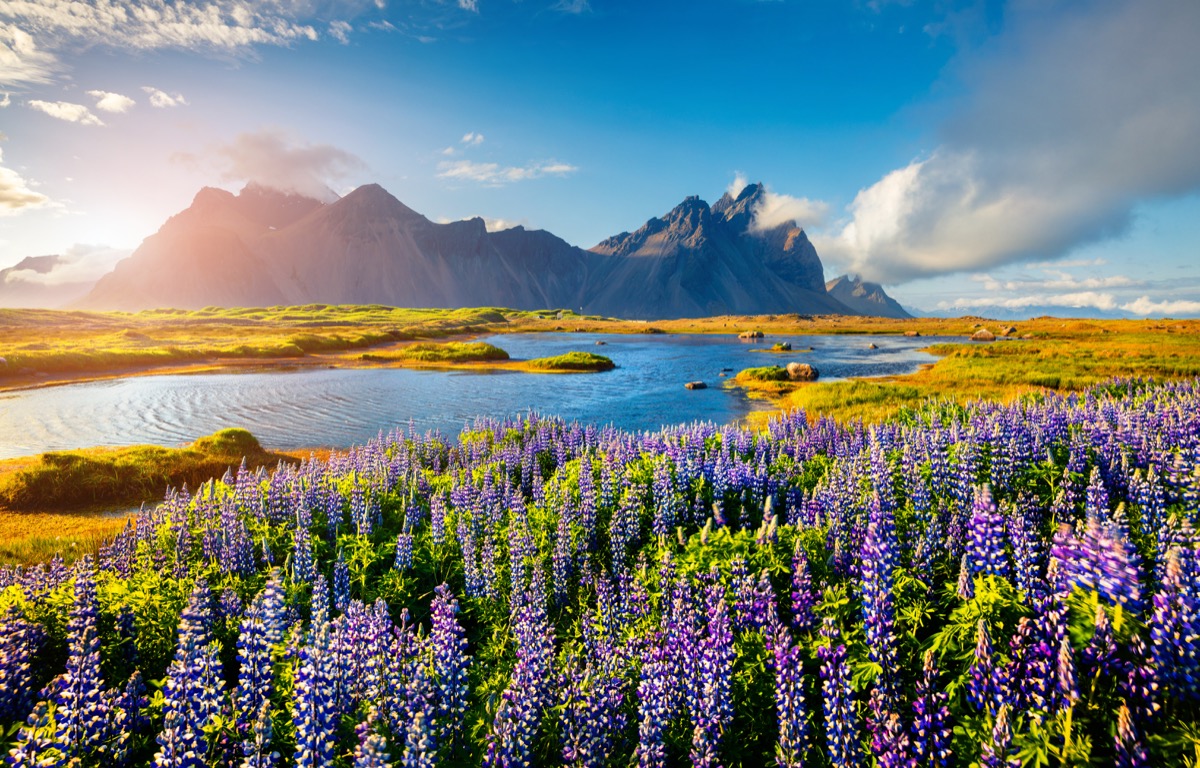
Population Density: 3.53
No, Iceland (population: 358,780) isn’t covered in ice…but it is covered in volcanoes! As reported by the BBC, there are nearly three dozen active sites in the region. What’s more, Iceland’s Visitor Center openly expects the country will experience one major volcanic event every five years. Perhaps that’s why a full third of the country’s citizens are concentrated in one area: Reykjavik, the capital city.
4
Australia
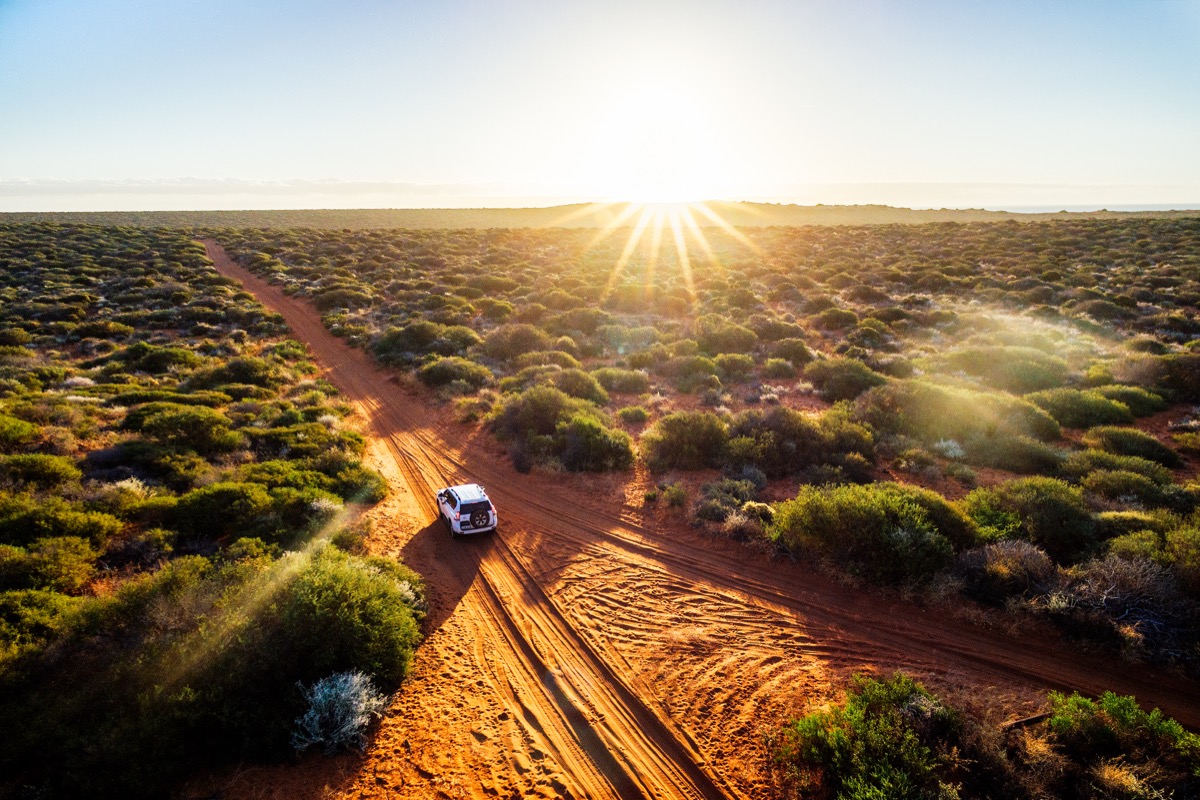
Population Density: 3.25
Sydney. Perth. Brisbane. Melbourne. Adelaide. With so many world-class cities—all of which are home to millions—in the nation, it can be hard to fathom that Australia is one of the least densely populated countries in the world. If that’s the case, remind yourself that the Australian Outback exists.
3
Namibia
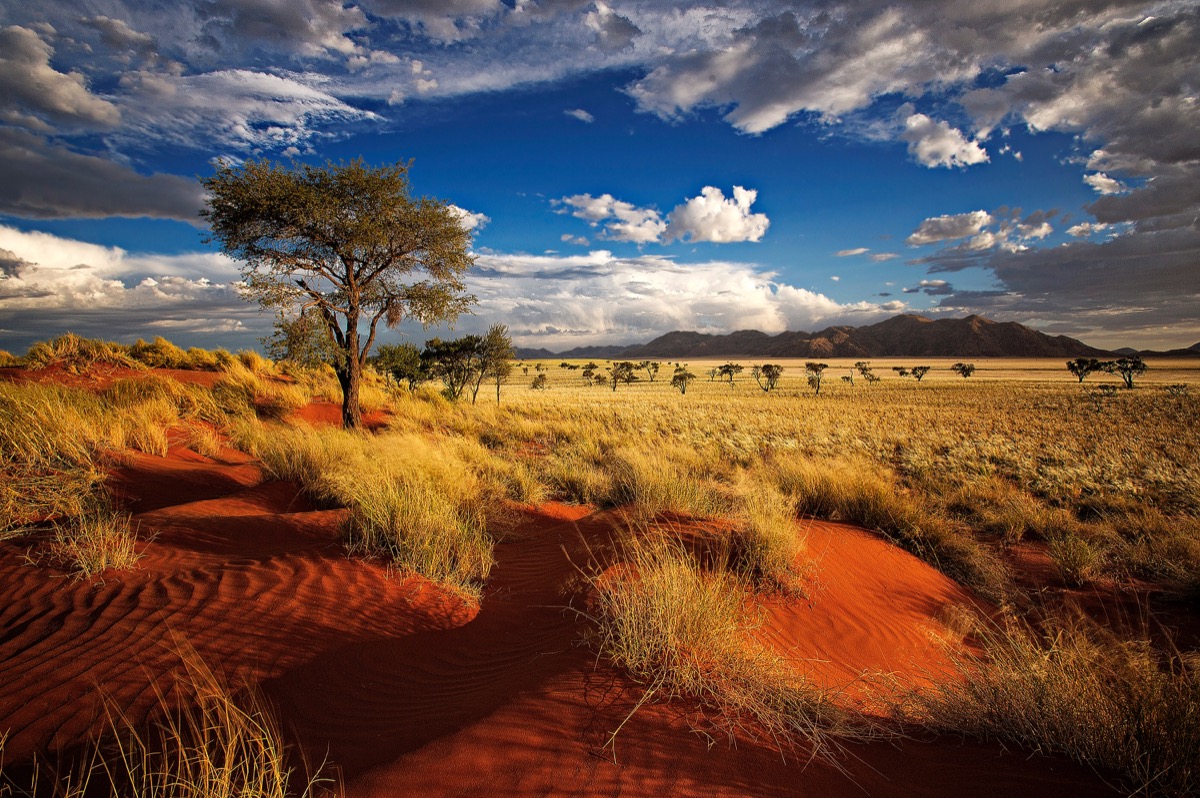
Population Density: 2.97
Namibia’s land is mostly overtaken by the Kalahari Desert in the east and the Namib Desert (which stretches all the way to the Atlantic) in the west. The nearly 2.6 million people citizens tend to coalesce in the northern regions of Oshana, Omusati, and Ohangwena.
2
Mongolia
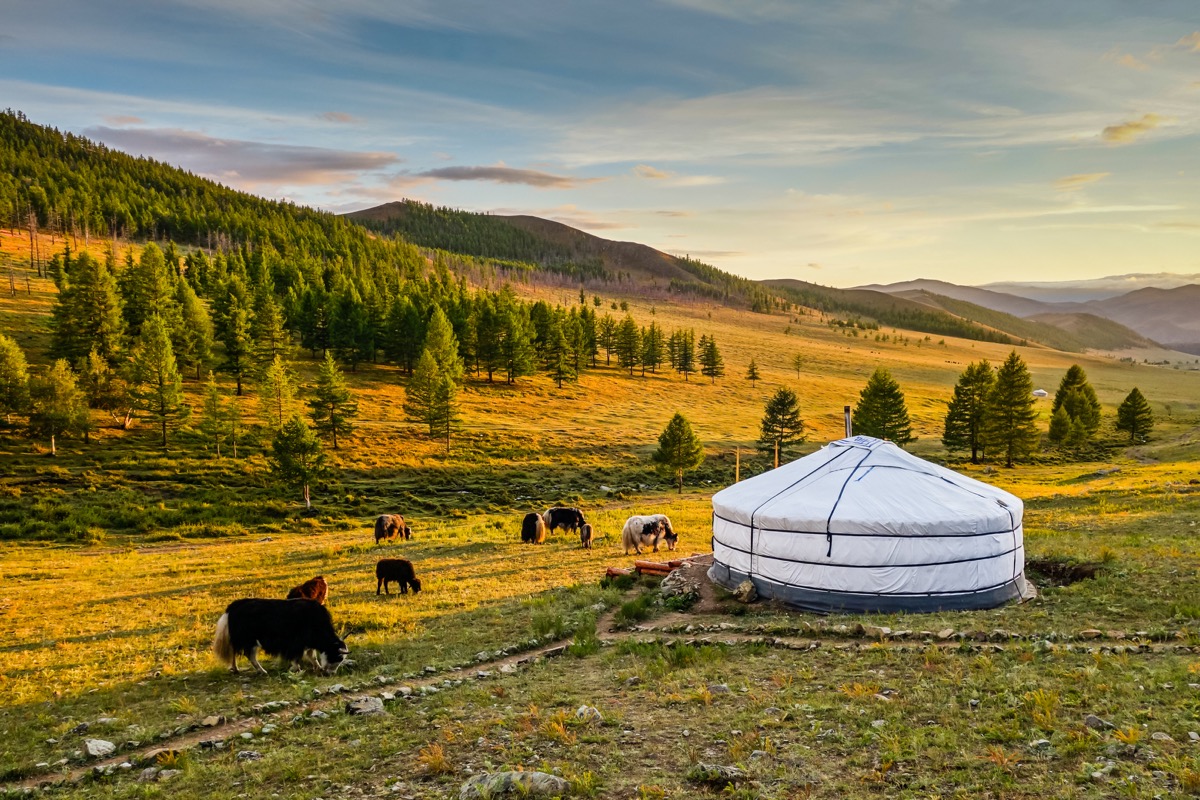
Population Density: 2.04
As the United States Agency for International Development puts it, the landlocked nation of Mongolia is both too dry and too cold to suitably grow crops, resulting in a staggeringly low population density.
1
Greenland
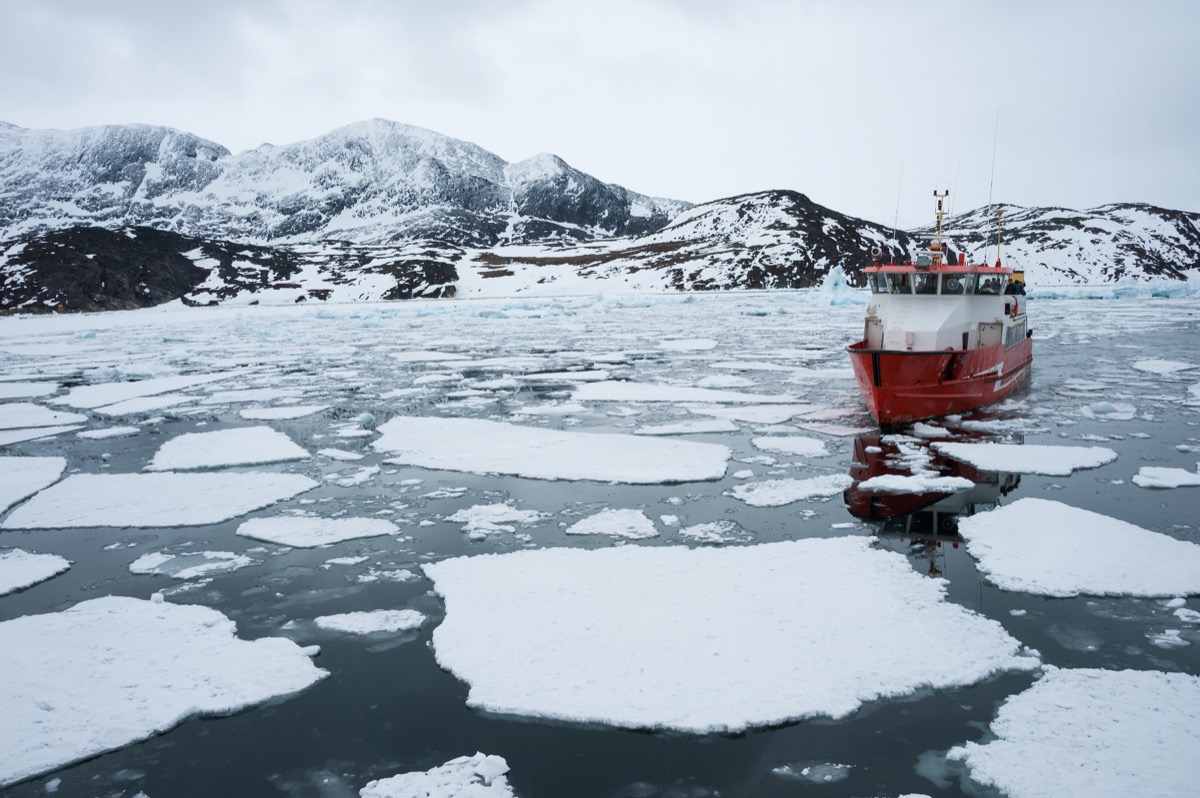
Population Density: 0.14
Just look at any map: Greenland is huge. (Specifically, it’s more than 2.1 million square kilometers.) But just 56,000 people live there—and the majority of them congregate on the southwest coast in and around Nuuk, the country’s capital. And speaking of capital cities, See If You Can Identify Your State From a Photo of Its Capitol Building!
To discover more amazing secrets about living your best life, click here to follow us on Instagram!